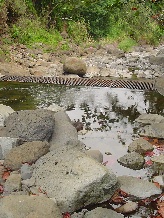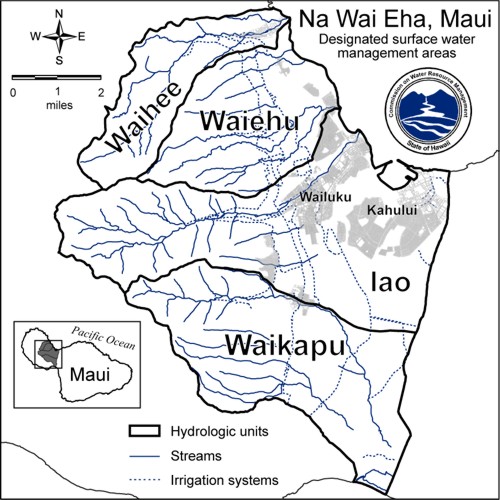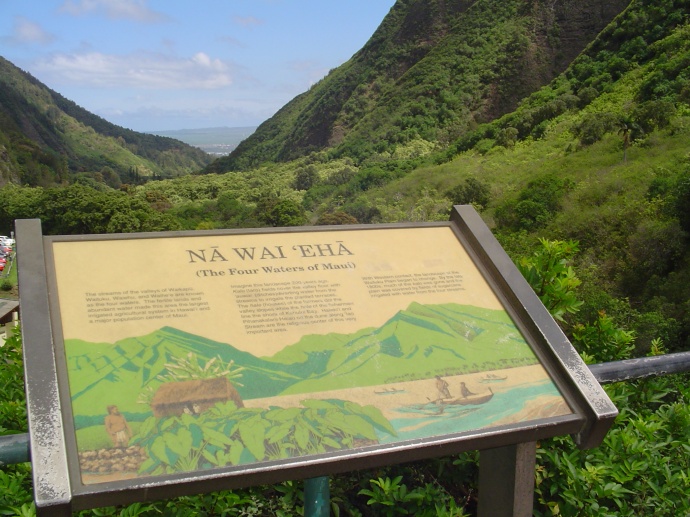Contested Case Hearing Set to Begin for Nā Wai ʻEhā
By Wendy Osher
UPDATE 3/17/14: The Nā Wai ʻEhā Contested Case Hearing has been postponed indefinitely as parties continue mediation. More information will be available on Monday, March 17.
(Original post: 3/6/14)
A contested case hearing involving permits and instream water flow standards at Nā Wai ʻEhā or “the four great waters” in Central Maui, begins next week.
The hearing involves a petition to amend interim instream flow standards at Waiheʻe River; and Waiehu, ʻĪao, and Waikapū Streams. The hearing schedule will also cover ground water management issues.
The hearing comes after years of legal wrangling over water rights and the health of the streams. Much of the discussion to date centers around a century-old irrigation ditch system that was designed to divert water to sustain the island’s sugar industry.
An initial petition was filed by Hui o Nā Wai ʻEhā and the Maui Tomorrow Foundation through the environmental law firm Earthjustice in June of 2004.
The partial restoration of water was ordered and implemented in 2010.
The latest hearing schedule includes 13 meetings in March before the Commission on Water Resource Management.

ʻĪao Stream where diversions and water rights have been the subject of Water Commission reviews. File photo by Wendy Osher
The schedule of meetings runs from March 11 to 28, 2014 from 9 a.m. to 4:30 p.m. at the following locations and dates:
- Tuesday, March 11: Velma McWayne Santos Center
- Wednesday, March 12: Kahului Community Center
- Thursday, March 13: Velma McWayne Santos Center
- Friday, March 14: Kahului Community Center
- Monday, March 17: Kahului Community Center
- Tuesday, March 18: Velma McWayne Santos Center
- Wednesday, March 19: Waikapū Community Center
- Thursday, March 20: Kahului Community Center
- Friday, March 21: Kahului Community Center
- Monday, March 24: Kahului Community Center
- Tuesday, March 25: Velma McWayne Santos Center
- Thursday, March 27: Kahului Community Center
- Friday, March 28: Kahului Community Center
According to commission documents, the hearing is required, “for the provisional recognition of Appurtenant Rights in the Nā Wai ʻEhā Surface Water Management Areas of Waiheʻe, Waiehu, ʻĪao, and Waikapū.”











